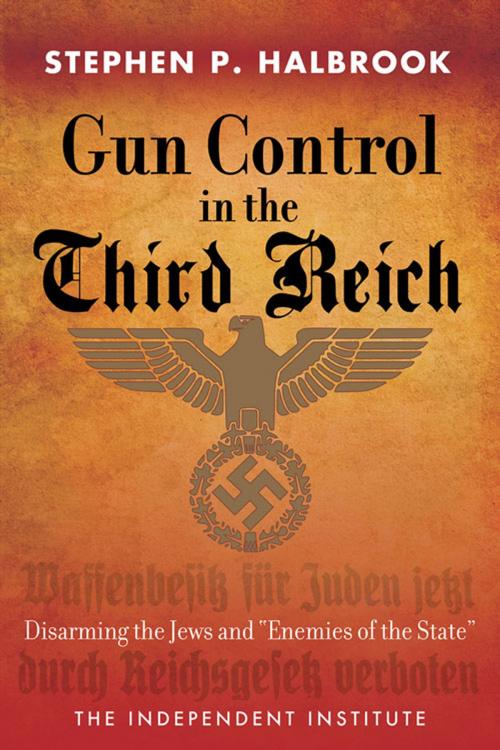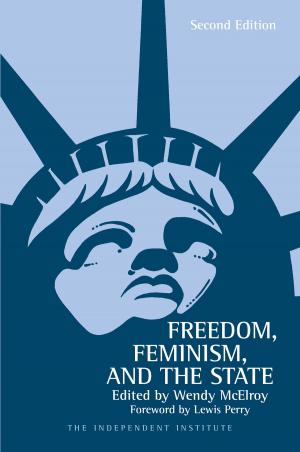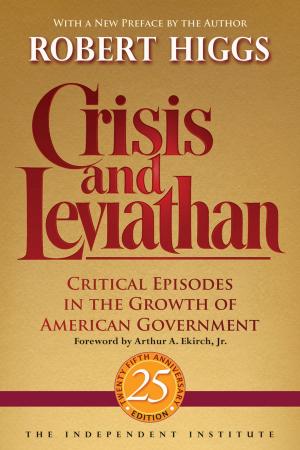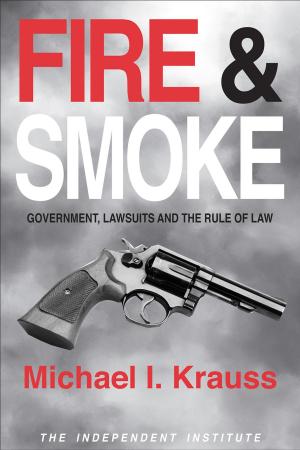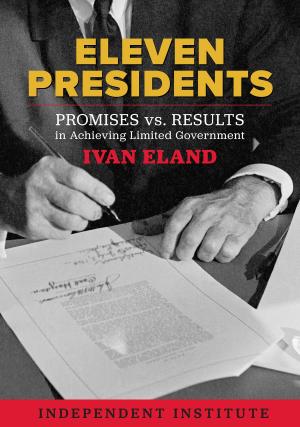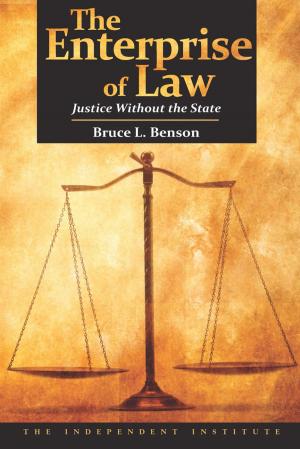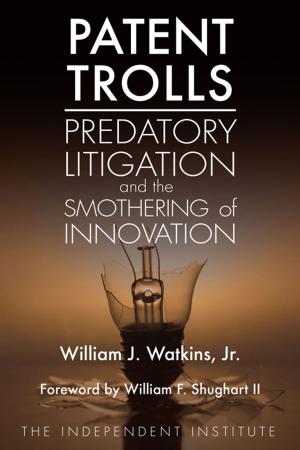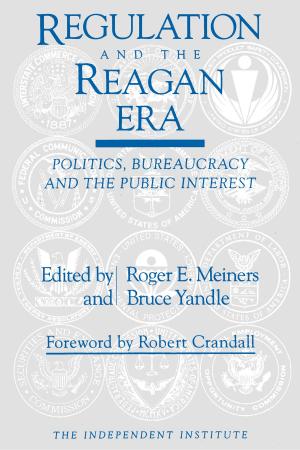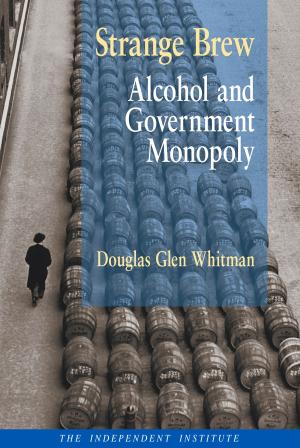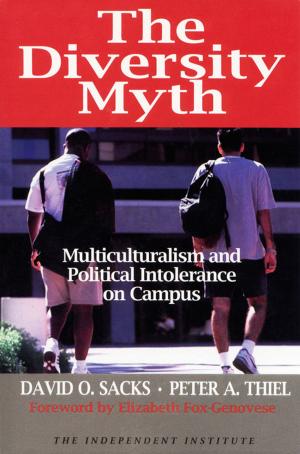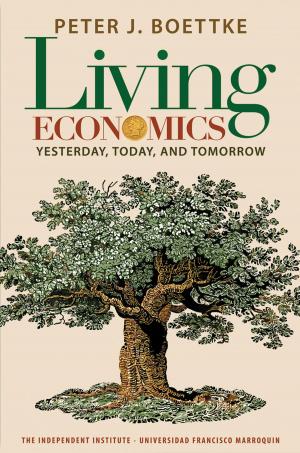Gun Control in the Third Reich
Disarming the Jews and "Enemies of the State"
Nonfiction, History, Germany, Social & Cultural Studies, Social Science, Discrimination & Race Relations| Author: | Stephen P. Halbrook | ISBN: | 9781598131635 |
| Publisher: | Independent Institute | Publication: | November 1, 2013 |
| Imprint: | Independent Institute | Language: | English |
| Author: | Stephen P. Halbrook |
| ISBN: | 9781598131635 |
| Publisher: | Independent Institute |
| Publication: | November 1, 2013 |
| Imprint: | Independent Institute |
| Language: | English |
Based on newly discovered secret documents from German archives, diaries, and newspapers of the time, Gun Control in the Third Reich presents the definitive yet hidden history of how the Nazi dictatorship made use of gun control to disarm and repress its enemies and consolidate its power. The countless books on the Third Reich and the Holocaust fail even to mention the laws restricting firearms ownership, which rendered political opponents and Jews defenseless. A skeptic could surmise that a better-armed populace might have made no difference, but the National Socialist regime certainly did not think so—it ruthlessly suppressed firearm ownership by disfavored groups. The book spans the two decades from the birth of the Weimar Republic in 1918 through Kristallnacht in 1938 and then presents a panorama of pertinent events during World War II regarding the effects of the disarming policies. Citizens across the nation are grappling with how the 2nd Amendment should be interpreted—or even if it should be disposed of—and this book provides the perspective of the consequence of disarming a population.
Based on newly discovered secret documents from German archives, diaries, and newspapers of the time, Gun Control in the Third Reich presents the definitive yet hidden history of how the Nazi dictatorship made use of gun control to disarm and repress its enemies and consolidate its power. The countless books on the Third Reich and the Holocaust fail even to mention the laws restricting firearms ownership, which rendered political opponents and Jews defenseless. A skeptic could surmise that a better-armed populace might have made no difference, but the National Socialist regime certainly did not think so—it ruthlessly suppressed firearm ownership by disfavored groups. The book spans the two decades from the birth of the Weimar Republic in 1918 through Kristallnacht in 1938 and then presents a panorama of pertinent events during World War II regarding the effects of the disarming policies. Citizens across the nation are grappling with how the 2nd Amendment should be interpreted—or even if it should be disposed of—and this book provides the perspective of the consequence of disarming a population.
